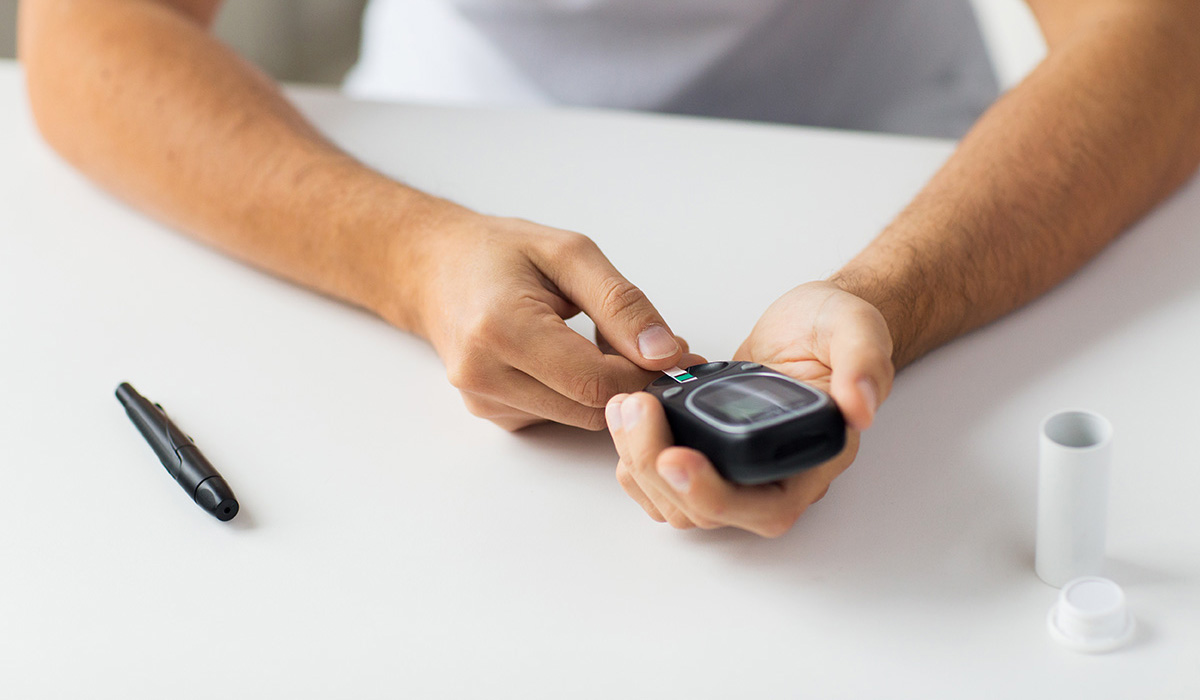November 2020
People living with diabetes have better health outcomes when their family members support them in managing the disease.
A study published in a 2017 issue of the journal Behavioral Science found that involving family members in learning to manage diabetes helped patients maintain a healthy diet, keep their blood sugar levels under control and improve their psychological well-being.
If you are caring for someone with diabetes, you can play an important role in helping them achieve better health. Here’s how:
Educate yourself
For a patient with diabetes, the diagnosis can suddenly seem to turn life upside-down. There are frequent visits to the doctor, uncomfortable finger-pricking glucose tests, diets to watch and pills or insulin shots to take.
Figuring out the best way to support a loved one through this begins with learning as much as you can about diabetes and how to manage it. Educating yourself is especially important if you are caring for a child or aging adult who needs your assistance in performing some diabetes management tasks.
Find helpful resources
The American Diabetes Association is a good source for helping you get familiar with some of the basics, such as:
- The signs of hypoglycemia—that is, blood sugar that falls too low—and what to do about it.
- How to care for wounds, which can heal more slowly with
- The link between diabetes and other health issues, such as obesity, heart disease, kidney disease and eye problems.
You can learn more by asking questions when you accompany your family member to their doctor’s visits and taking a diabetes education class online or in your community.
Promote good doctor–patient relations
The more you know about how diabetes affects a person’s health, the more easily you can convey to your loved one the importance of adhering to their doctor’s advice. Your interest in learning about the condition may inspire them to also become more informed, and it may encourage them to communicate more with their doctor about any questions and concerns they might have.
Model healthy living
Being a health monitor who imposes strict rules only on the family member with diabetes won’t be as effective as joining him or her in a commitment to healthier habits.
Here are some tips for teaching healthy eating and exercising by example:
- Use the plate method as a guide for healthy meal portions and balance: Fill half of a nine-inch dinner plate with non-starchy vegetables, a quarter with a lean protein, and a quarter with a grain or starchy food or an extra helping of non-starchy vegetables. Get more advice on meal planning from the Centers for Disease Control and Prevention (CDC).
- Follow the American Diabetes Association’s recommendation to get doctors’ advice before you or your loved one with diabetes begins a rigorous exercise program. The best course is to start slowly—with walking, for instance. Show your family member how to avoid injury and dehydration by drinking plenty of water, not working out in extreme hot or cold temperatures and wearing clean, well-fitting shoes and socks.
Be a partner to your family member who’s coping with diabetes. As the CDC notes, the amount of support a diabetic individual receives from family and friends is one of the most accurate predictors of success in managing this disease.



